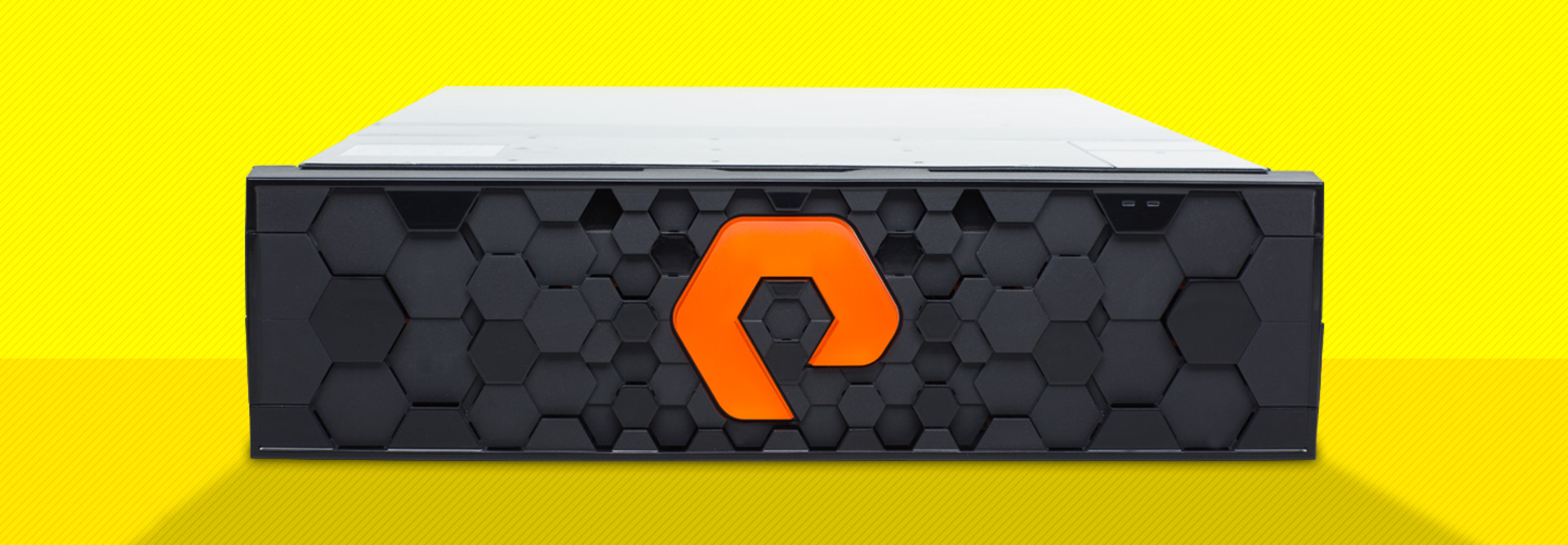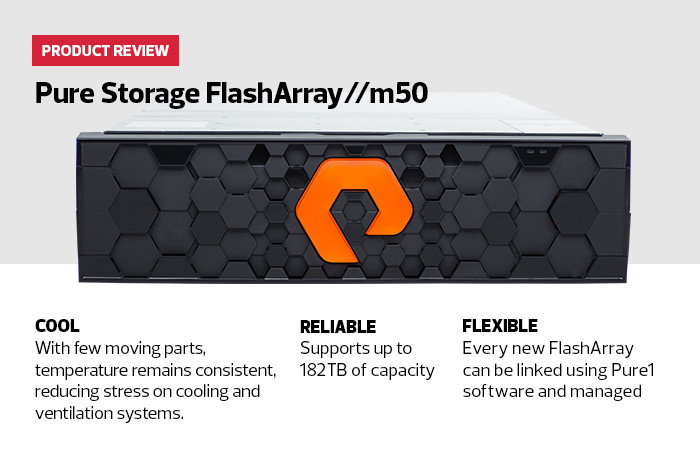Storage has always been a troublesome area for healthcare organizations. Not only must providers store thousands of patient records, they also may need to pull those records back up quickly. In emergencies, even a slight delay can be costly.
That speedy retrieval requirement rules out tape drives and other slow storage solutions, but also limits standard spinning drive configurations. Large drive arrays filled with spinning media don’t work well in healthcare because they don’t generate enough input/output per second, which is necessary for finding and pulling (as well as recording) stored records. Even the fastest spinning drives — ones that whirl at a blazing 15,000 rpm — only provide about 200 IOPS each.
Flash media, by comparison, has no moving parts and is nearly identical to internal computer memory. As such, even a moderately high-end flash drive can offer between 3,000 and 3,500 IOPS. When placed into an array, they can provide both long-term storage and lightning-fast retrievals.
The Pure Storage FlashArray//m50 is designed to bring those high-performing flash drives together into an array that can support up to 182 terabytes of capacity. Building several arrays into a connected, cohesive network is as easy as plugging them in and linking them with the management console.
MORE FROM HEALTHTECH: Discover how flash storage optimizes backup and data recovery for the evolving healthcare landscape.
Balance Security and Redundancy
Changing the configuration of drives to help balance security and redundancy with raw capacity took only a few seconds using the management interface. IT administrators can manage the FlashArray//m50 via numerous interfaces, including a graphical user interface and a command-line interface.
When running at full capacity, the //m50 keeps its cool. It can draw up to 650 watts of power but often ran at less than that. Even during stress testing, the lack of moving parts meant that it kept a fairly constant temperature, which put less stress on external cooling and ventilation systems.
Flash has dropped in price to the point that when combined with a solid, intelligent solution like the //m50, there is no reason why healthcare organizations should not migrate all of their existing hodgepodge storage systems over to a platform that seems tailored for their unique environment.
Leveraging AI to Optimize Management
Pure Storage has deployed flash arrays for a long time. And they have been doing a lot more than just pushing them out the door. For a while, most FlashArray products have sent telemetry and health data back to Pure Storage, so it knows how its arrays perform, their capacities and even their limited vulnerabilities.
The company took all of that data and used it to optimize the management of their storage arrays, with an artificial intelligence that can constantly look for telltale signs of any future problems. To access all of that information, customers merely have to log on to the Pure1 platform, which securely displays performance metrics on every Pure Storage product users have in their networks.
The interface is extremely graphical and easy to use. It can be accessed through any web browser using the secure HTTPS protocol, and both the data and the transmissions are encrypted.
It’s possible to manage an entire storage network right from the console, but Pure1 also provides helpful insights about the way organizations handle storage, including tips about how to optimize operations. It lets users know if capacity is filling up and estimates when an expansion may be necessary. It also can show, for example, if some assets are being overused while others are mostly idle. Using the interface, users can reconfigure operations as needed to ensure maximum performance and reliability across the board.
Monitoring a single FlashArray or an entire storage network from a smartphone or tablet is quite a concept compared to the command line interfaces of yesteryear that had to be inputted locally in the dark, freezing caves of data centers and server rooms. Pure1 represents another example of why PureStorage is driving storage technology into the light of modern times, not just with the hardware itself, but also in the intelligent way that storage can now be safely managed from anywhere.










